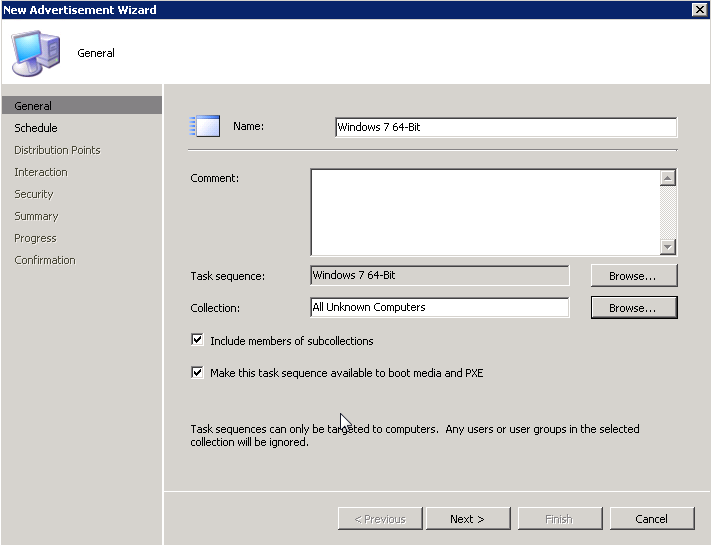
When the Central Administration Site was introduced back in SCCM 2012 SP1 there was no concept of a preferred site system. You’ll see this advice everywhere… and it’s true. The most obvious SCCM Best Practice: Don’t use a CAS. Here’s our compiled list of settings, configurations, and tricks we can give you to make your SCCM configuration better. That being said we are doing numerous SCCM assessments these days, looking at various SCCM setups and configurations. Every company, every IT department, and every computer configuration is unique. When the trial period expires, a license needs to be purchased to continue using it.There’s no such thing as SCCM Best Practice. SCCM is available from Microsoft and can be used on a limited-time trial basis. SCCM allows users to manage computers running the Windows or macOS, servers using the Linux or Unix, and even mobile devices running the Windows, iOS, and Android operating systems. Users of SCCM can integrate with Microsoft Intune, allowing them to manage computers connected to a business or corporate network. In November 2007, SMS was renamed to SCCM and is sometimes called ConfigMgr. Note: SCCM was formerly known as Systems Management Server (SMS), originally released in 1994.


SCCM features remote control, patch management, operating system deployment, network protection and other various services. Short for System Center Configuration Manager, SCCM is a software management suite provided by Microsoft that allows users to manage a large number of Windows-based computers. Configuration Manager provides remote control, patch management, software distribution, operating system deployment, network access protection and hardware and software inventory. System Center Configuration Manager formerly Systems Management Server, is a systems management software product developed by Microsoft for managing large groups of computers running Windows NT, Windows Embedded, macOS (OS X), Linux, or UNIX, as well as Windows Phone, Symbian, iOS, and Android mobile operating systems. Here is some data as to why they want to use to leverage the platform and what it is.

Many of our clients are starting to look into SCCM.


 0 kommentar(er)
0 kommentar(er)
